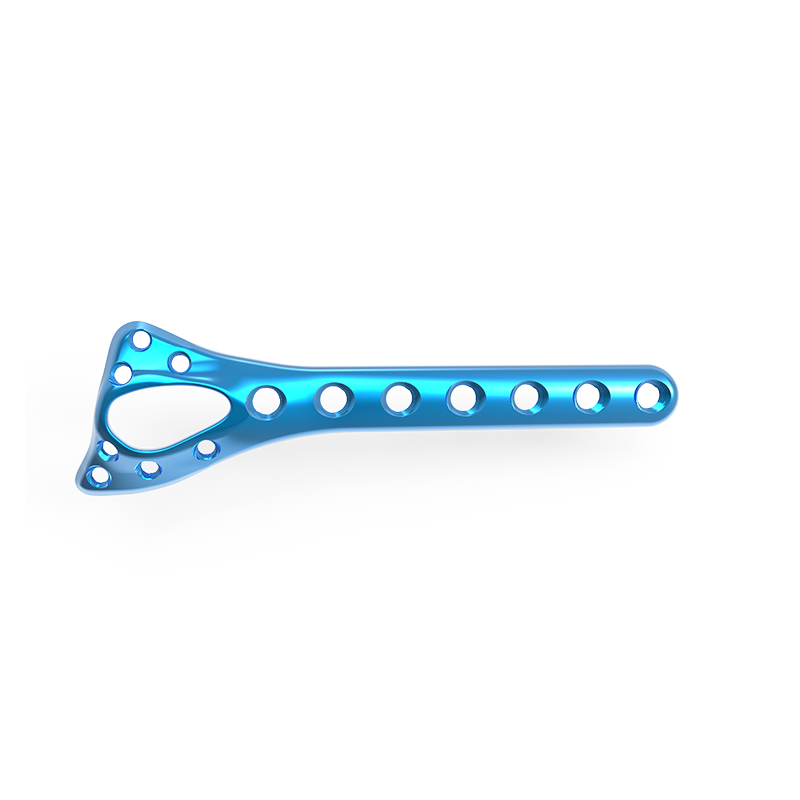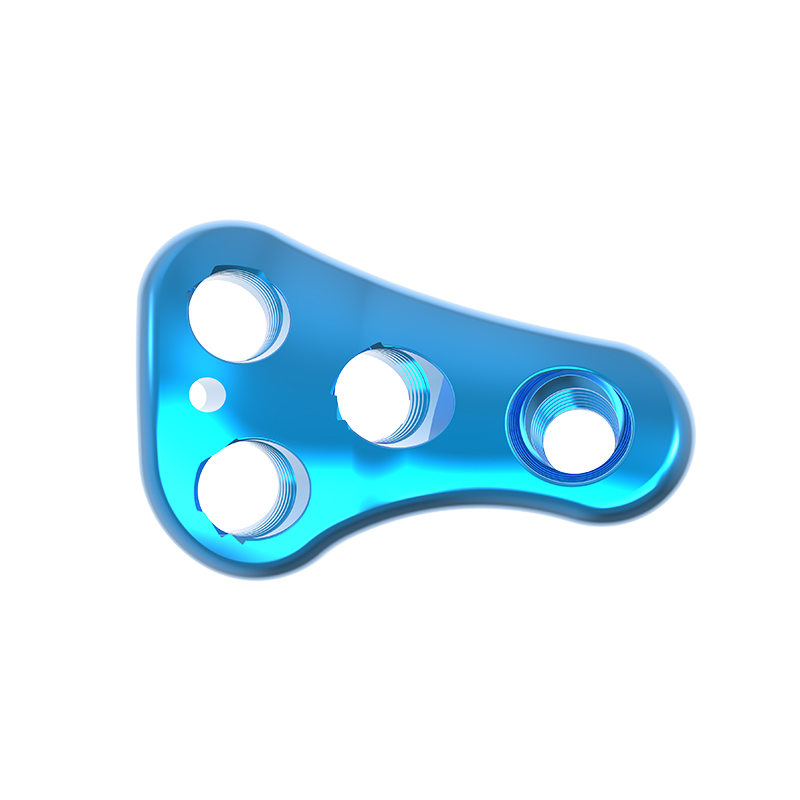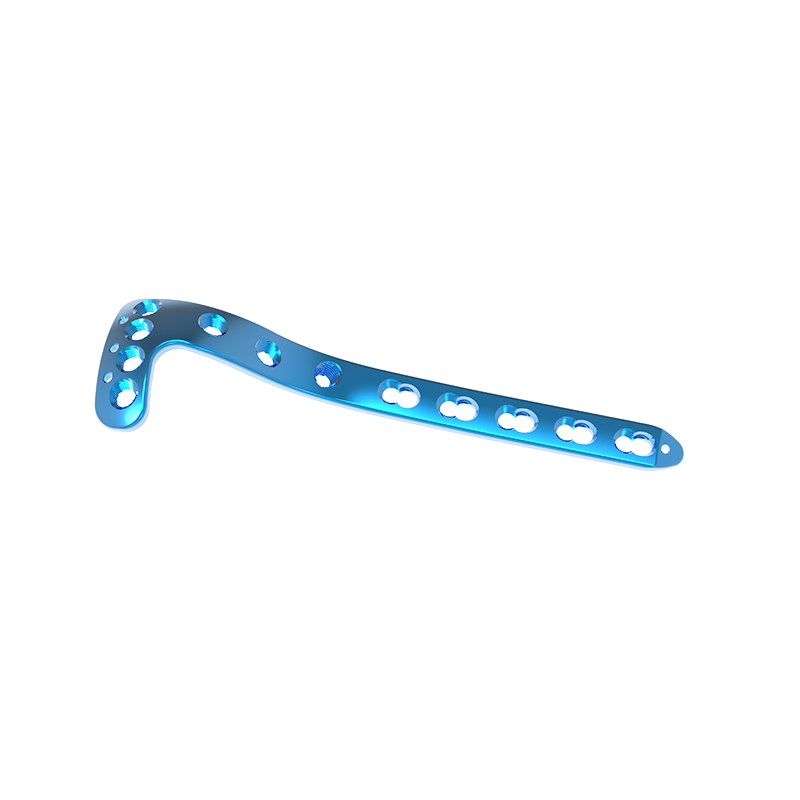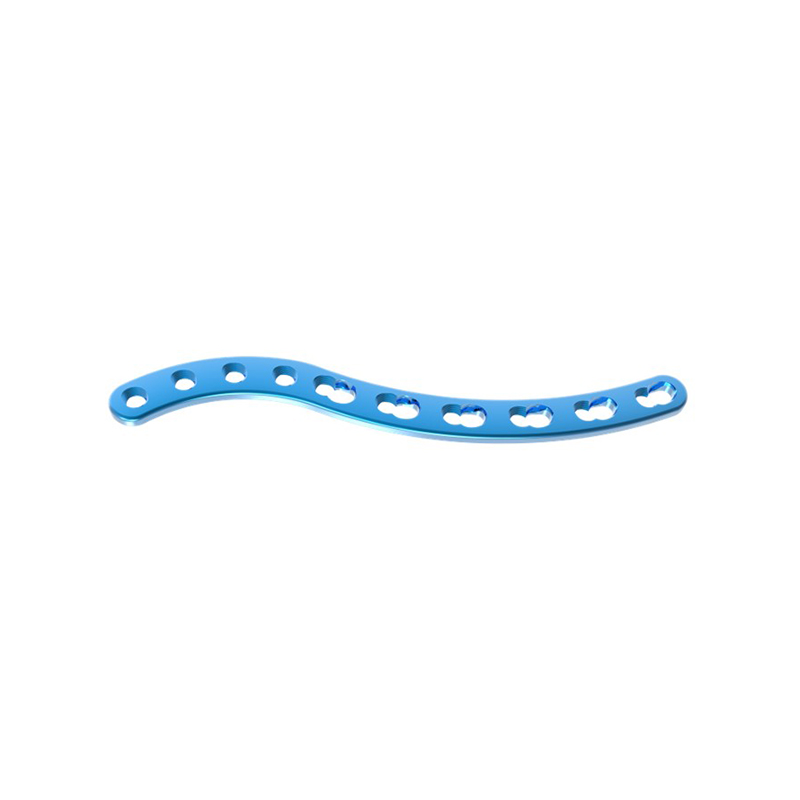Curved Reconstruction Locking Plate
Product Description
Uniform cross-section improved contourability

Low profile and rounded edges reduce the risk of soft tissue irritation
Indications
Intended for temporary fixation, correction or stabilization of bones in the pelvis
Product Details
|
Curved Reconstruction Locking Plate |
6 holes x 72mm |
| 8 holes x 95mm | |
| 10 holes x 116mm | |
| 12 holes x 136mm | |
| 14 holes x 154mm | |
| 16 holes x 170mm | |
| 18 holes x 185mm | |
| 20 holes x 196mm | |
| 22 holes x 205mm | |
| Width | 10.0mm |
| Thickness | 3.2mm |
| Matching Screw | 3.5 Locking Screw |
| Material | Titanium |
| Surface Treatment | Micro-arc Oxidation |
| Qualification | CE/ISO13485/NMPA |
| Package | Sterile Packaging 1pcs/package |
| MOQ | 1 Pcs |
| Supply Ability | 1000+Pieces per Month |
Curved Reconstruction Locking Plates (LC-DCP) are commonly used in orthopedic surgery for various indications including:Fractures: LC-DCP plates can be used in the fixation and stabilization of fractures involving the long bones, such as the femur, tibia, or humerus. They are especially useful in cases of comminuted or highly unstable fractures. Non-unions: LC-DCP plates may be used in cases where a fracture has failed to heal properly, resulting in a non-union. These plates can provide stability and facilitate the healing process by promoting the apposition of bone ends.Malunions: In cases where a fracture has healed in an unfavorable position, resulting in a malunion, LC-DCP plates can be used to correct the alignment and restore function.Osteotomies: LC-DCP plates may be utilized in corrective osteotomies, where a bone is intentionally cut and realigned to correct deformities, such as limb length discrepancies or angular deformities.Bone grafts: In procedures involving bone grafts, LC-DCP plates can provide stability and fixation, facilitating the integration of the graft.It is important to note that the specific indication for using a curved reconstruction locking plate will depend on the individual patient's condition, the type of fracture or deformity, and the surgeon's clinical judgement. The decision to use a curved reconstruction locking plate will be made by the orthopedic surgeon based on a thorough evaluation of the patient and the specific clinical scenario.








